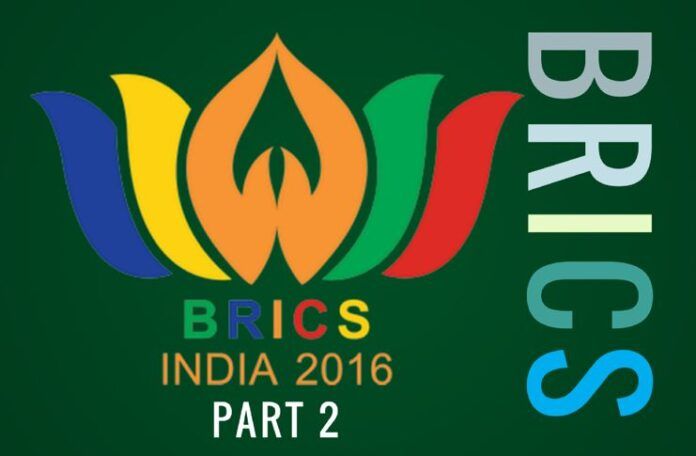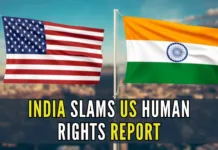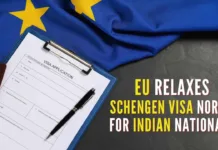
Here is Part 1 of this series.
[dropcap color=”#008040″ boxed=”yes” boxed_radius=”8px” class=”” id=””]P[/dropcap]utin’s view is that a uni-polar world based on Washington was a failure.7 Such a world did not respect “equal rights” and “interests” of others. What he did not realize is that international agencies, like the UN and BRICS, were forging connections that turned the world into a village while recognising national differences, which could not supersede international values and culture. Currently, the superficially unified globe has two finely balanced Consensus groups, the Washington and Sino-Russian. These groups will most likely be tested in the Middle East by the end of this year, after the elections in the US.
… India seems to be following a neutral path in its defense policy.
Next to Russian interests, the Goa Declaration included the global problem of terrorism. The BRICS document mentioned ISIS, Al Qaeda and Jubhat al Nusra. India wanted Jaish and Lashkar to be included, to show that Pakistan was the “mother-ship” of terrorism. However, BRICS as a group decided to exclude the latter two, perhaps because the first three dealt with not only the Middle East but also global imbalance. Jaish and Lashkar seemed to be treated as an internal Indian rebellion. The excuse given was that “root causes” had to be dealt with. Surely, since the principle of “root causes” apply to all problems there was no valid reason to treat Jaish and Lashkar differently. The main reason why they were was that Russia and China had their own ethnic uprisings which they did not want discussed at a BRICS forum.
China had problems with the Uighurs, Tibetans and Mongols. In each case suppression was brutal. But Xi’s advice was that these issues should be tackled with “political solutions…within international law and respect for human rights.”
In the case of Russia, the Chechens were treated brutally and Grozny, the capital, was more like what Aleppo is today, completely destroyed. Chechnya regained Moscow’s financial support and trust only when a Chechen leader appeared who could gain the support of his people and restore order in the republic.
Ethnic nationalism is different from radicalism and since Kashmir and its associated problems belong to the former, India was expected to deal with it without BRICS involvement.
However, India seems to be following a neutral path in its defense policy. It has relied on Russia to manufacture its own ICBMs, Arjun tanks, warships, and attack helicopters for its navy and air force. On the sidelines in Goa, Russia and India signed 16 Agreements worth $24 billion, including five S400 Air Defense Missile Systems; in comparison, Iran and Syria have been sold the S-300 missile systems. India’s position has been strengthened as the fourth largest military force, after US, Russia and China in terms of numbers and power.8
[dropcap color=”#008040″ boxed=”yes” boxed_radius=”8px” class=”” id=””]I[/dropcap]ndia has also shown leanings towards the Washington Consensus. The two Defense Ministers of India and the US, Manohar Parrikar and Ashton Carter respectively, signed a pact that would allow Indian forces to share US bases, food, water, billeting, transportation, fuel, medical storage and communication equipment. The pact is called Logistic Exchange Memorandum of Agreement (LEMOA.) If the US has an issue with India’s ally, India will remain neutral, and vice versa.
…the organising committee has to be congratulated for a successful far-reaching conference, protecting 11 Heads of State and 800 delegates, and for promoting tourism in Goa – a job well done.
The question remains, how would neutrality work if Russia and America sought India’s military support in an hour of need at the same time? Complex manoeuvring would have to be done.
The Goa Declaration also mentioned that BRICS had a Memorandum of Understanding to create a platform for agricultural research, a committee for customs cooperation, and five diplomatic academies.
Finally, the organising committee has to be congratulated for a successful far-reaching conference, protecting 11 Heads of State and 800 delegates, and for promoting tourism in Goa – a job well done.
Here is the complete text of the Goa Declaration.
Bibliography
- IANS, “11 Heads of state, 800 delegates to kick off Goa BRICS meeting: official,” Panaji, September 13, 2016.
- FOCAC, “China in Africa: Devil or Angel?” FOCAC.org, 25.2.2014.
- Pepe Escobar, “A report from the annual BRICS meeting in India: their advance continues,” russiainsider.com, October 19, 2016.
- Jordan Totten, “BRICS’ New Development Bank threatens hegemony of US dollar,” forbes.com, December 22, 2014.
- Alexandrova Lyudmila, “Brics leaders adopt final declaration of Goa Summit,” tass.com, October 16, 2016.
- Alexei Drazhinin, “Leaders adopt Goa Declaration at eight summit,” sputnik.com, October 16, 2016.
- Putin, “Unipolar model of the world has failed.” tass.com, July 1, 2016.
- Editorial, “Defense deals,” centralchronicle.com, December 9, 2015; see also Editorial, “Goa Declaration,” centralchronicle.com, October 18, 2016.
- Part2 – China’s Road to Superpower status - July 20, 2017
- Part1 – China’s Road to Superpower status - July 18, 2017
- P2 – Can or should Qatar be ostracised? - June 29, 2017











BRICS is useless exercise in India atleast. All Brick meetings are repeating the same agenda adopted.